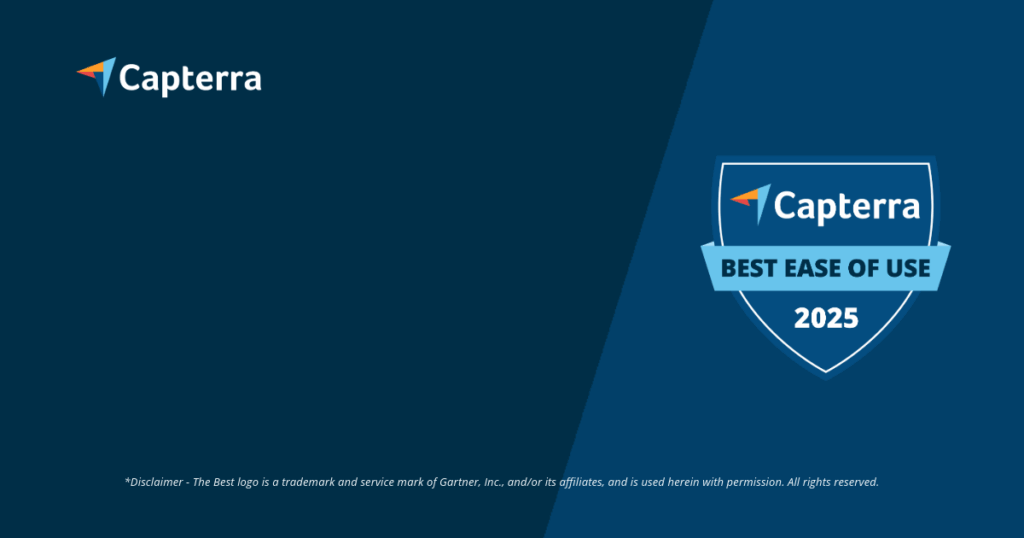Managing construction projects is no easy task. Different elements such as time, resources, and communication must interconnect to ensure the successful completion of a project. However, many project managers often find themselves in a swamp of missed deadlines and overlooked tasks. The main goal of this article is to provide readers—especially project managers and stakeholders—with effective strategies on how they can leverage Gantt charts to enhance construction planning and execution. By the end of this article, you will not only understand the importance of mastering Gantt charts but also receive actionable tips that align with Valoon’s mission to improve project outcomes.
Understanding the problem
In the construction industry, the complexity of projects can lead to ambiguities regarding schedules and responsibilities. Poor communication can result in wasted time, increased costs, and ultimately dissatisfied customers. With so many moving parts—contractors, suppliers, and clients—it is crucial to integrate efficient tools that can break down complex tasks into manageable schedules.
Gantt charts serve as a visual representation of the project timeline, highlighting task dependencies and durations. However, many project managers do not fully leverage their potential. Ineffectively created Gantt charts can lead to a false sense of security and leave teams unaware of potential pitfalls. Therefore, mastering this tool is not just beneficial but essential for project success in the construction industry.
Practical solutions and insights
1. Set clear goals
Before you even start creating a Gantt chart, it is crucial to define clear project goals. Break down the project into specific tasks and identify the objectives connected to each task. This way, you ensure that everyone involved has a clear understanding of their responsibilities. Make sure that these goals align with the overall vision of the project.
2. Utilize milestones
Incorporating milestones into your Gantt chart is essential. Milestones act as checkpoints along the project timeline and mark critical phases in the construction process. These markers allow team members to track their progress, celebrate successes, and identify areas needing immediate attention. This approach keeps everyone motivated and focused.
3. Task dependencies
One of the standout features of Gantt charts is the ability to visualize task dependencies. Understanding which tasks are linked enables project managers to prioritize effectively. For instance, excavation work must be completed before foundation work can begin. By simply depicting these dependencies, you can quickly communicate the entire project flow to your team, thus avoiding task overlaps and confusion.
4. Regular updates and revisions
Construction projects rarely go according to plan. It is crucial to update your Gantt chart regularly to reflect changes in schedules, resources, or project scope. An up-to-date chart provides an accurate representation of the project’s status and indicates what adjustments are necessary. Utilize collaborative tools that are integrated into Gantt charts and enable real-time updates visible to all stakeholders.
5. Training and involvement
Ensure that your team is well trained in using Gantt charts. Conduct workshops or training sessions to familiarize them with the tool and its features. When everyone in your team is comfortable with the functionalities of Gantt charts, they are more likely to use it effectively. Involve your team in the planning phases and allow them to participate in creating the Gantt chart. This collaboration fosters accountability and strengthens commitment to the schedule.
6. Utilize software solutions
To fully harness the capabilities of Gantt charts, consider using software specifically designed for project management in the construction industry. A solution like Valoon offers intuitive Gantt chart functionalities integrated into comprehensive tools for project communication, control, and documentation. By utilizing software solutions, project managers can automate updates, improve collaboration between the site and office, and ultimately optimize their processes.
7. Analyze and improve
After project completion, conduct an analysis comparing the original Gantt chart with the actual results. What went according to plan and where were there deviations? Understanding these variances can provide insights for future projects and help you refine your planning and execution strategies.
Conclusion or key statement
Mastering Gantt charts is not just about knowing how to operate a software tool; it’s about understanding how effective visual planning can transform your construction project management. By setting clear goals, incorporating milestones, and keeping your Gantt charts up to date, you pave the way for a smoother project flow.
In a rapidly evolving industry, continuous improvement is key to staying ahead. By applying these insights, you can create a seamless construction planning experience, minimize risks, and maximize resource efficiency.
If you’re ready to enhance your project outcomes, consider the services of Valoon. Software that works! Valoon is an intuitively designed, comprehensive solution for project communication, control, and documentation. It boosts the efficiency of processes both on-site and in the office. Discover today how Valoon can change the way you manage your construction projects!








